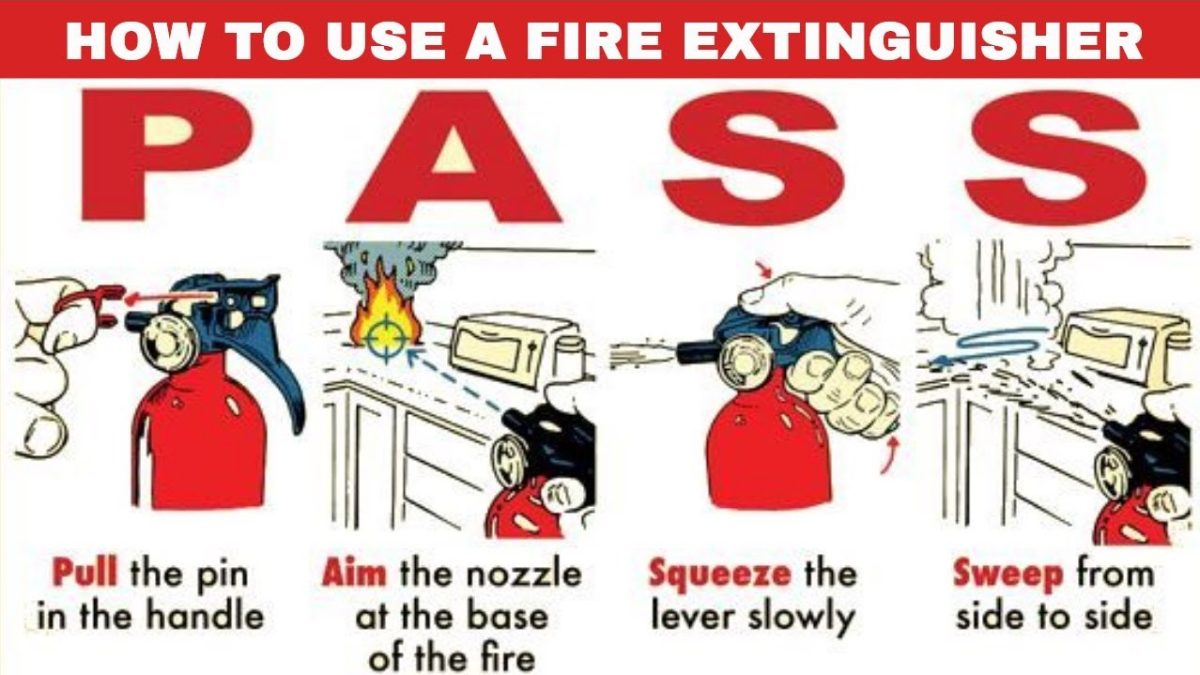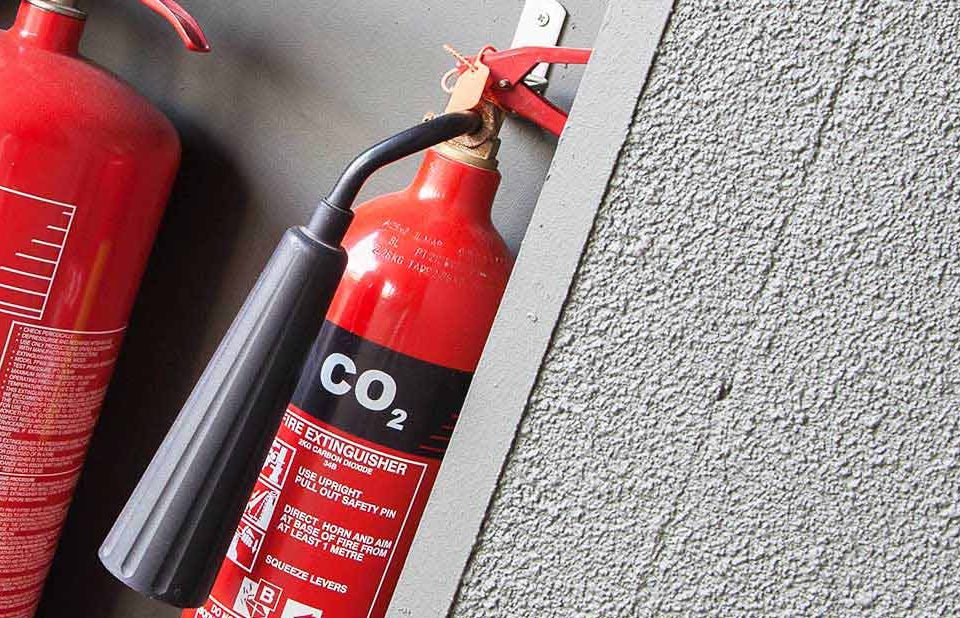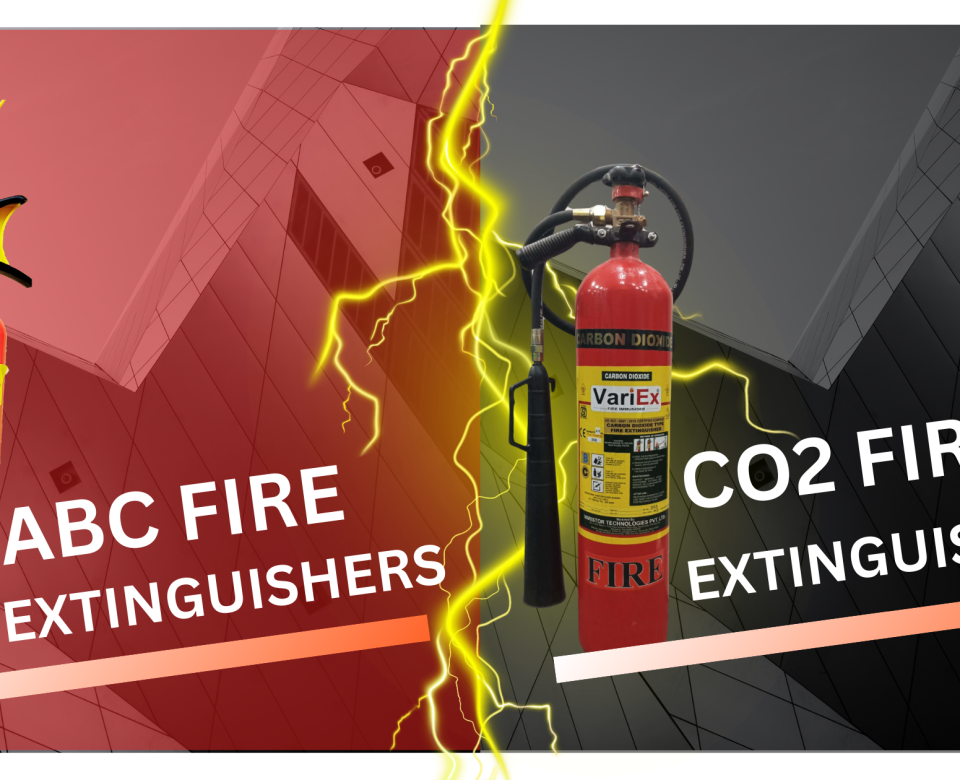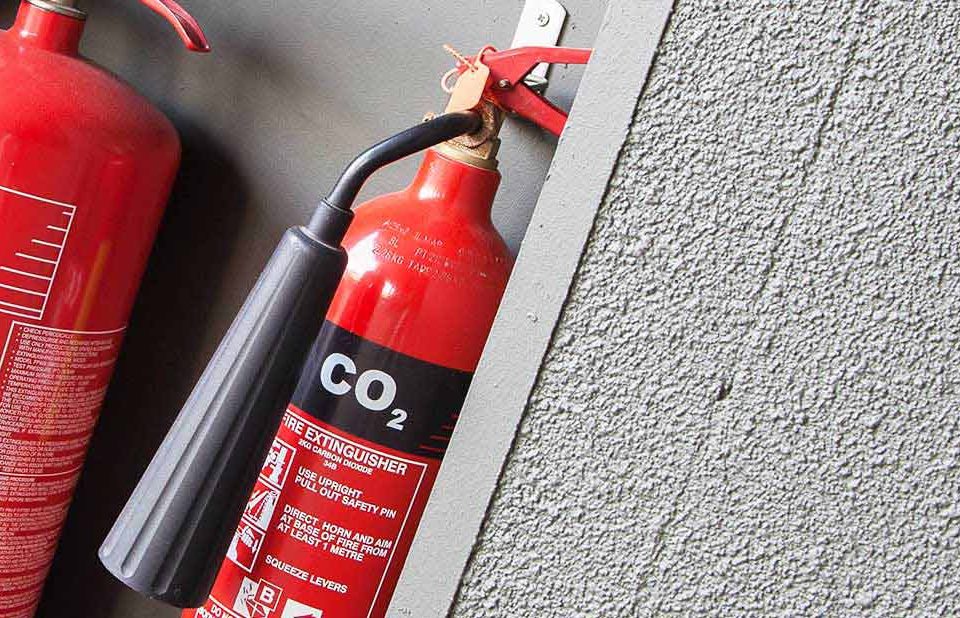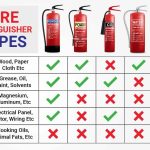
Understanding the Different Types of Fire Extinguishers and Their Uses
July 21, 2025
How to Choose the Correct Fire Extinguisher for Your Safety
July 30, 2025Fires can erupt suddenly and unexpectedly, posing serious risks to life and property. Having the knowledge and confidence to use a fire extinguisher correctly can help you stop a small fire before it spirals out of control. The PASS technique is a simple, easy-to-remember method designed to help anyone safely and effectively operate a fire extinguisher during an emergency.
This guide takes you step-by-step through the PASS technique, explains why each step matters, and offers practical safety advice so you’re prepared to act quickly if the need arises.
What Exactly is the PASS Technique?
The acronym PASS stands for:
- Pull the pin
- Aim at the base of the fire
- Squeeze the handle
- Sweep side to side
These four steps break down the process into manageable actions that maximize the extinguisher’s effectiveness while minimizing risk.
Step 1: Pull the Pin
At the top of every fire extinguisher, you’ll find a safety pin secured with a tamper seal. This pin prevents accidental discharge by locking the handle in place.
To ready the extinguisher for use, firmly pull the pin out. This action breaks the tamper seal and frees the trigger handle, enabling you to activate the extinguisher. Make sure to grasp the pin firmly and pull it straight out.
Taking a moment to locate and remove the pin calmly can save you vital seconds during an emergency. Never attempt to operate a fire extinguisher if the pin is not removed, as the agent will not be released.
Step 2: Aim at the Base of the Fire
When a fire starts, the flames are visible but only part of the problem. The true source of the fire, the fuel, lies at the base. Whether it’s wood, paper, electrical wiring, oil, or other material, the fire’s fuel keeps it burning.
Instead of aiming the nozzle at the dancing flames, aim the extinguisher’s nozzle or hose at the base of the fire. This directs the extinguishing agent where it’s most effective: at the fuel source.
Aim carefully to ensure the suppressant can smother the fire and prevent it from spreading.
Step 3: Squeeze the Handle
Once aimed, firmly squeeze the extinguisher’s handle or lever to release the extinguishing agent. You need to apply consistent pressure to maintain a steady spray.
The extinguishing agent inside varies depending on the type of extinguisher (water, CO2, dry chemical, wet chemical, foam), but squeezing the handle activates the mechanism that propels this agent through the nozzle.
If you release the handle, the flow will stop, so maintain a controlled, even squeeze until the fire appears extinguished or the extinguisher is empty.
Step 4: Sweep Side to Side
While aiming at the base, move the nozzle in a wide sweeping motion from side to side. This ensures that the extinguishing agent covers and penetrates the entire fire area.
Continue sweeping until the flames are completely out. Fire can sometimes appear to be out but smoldering materials could reignite, so observe carefully and be prepared to repeat the sweeping as needed until the fire is fully suppressed.
Additional Safety Tips When Using a Fire Extinguisher
- Maintain a safe distance: Start approximately 6 to 10 feet away from the fire. You can move closer as the fire shrinks but never get so close that you risk injury.
- Always keep your exit clear: Never allow the fire to block your escape route. Always position yourself so you are between the fire and your exit.
- Stay alert for re-ignition: Fires can flare up even after you think they are out. Watch closely and be ready to take action again or evacuate if necessary.
- Know when to evacuate: If the fire grows beyond your control, spreads quickly, or fills the room with smoke, leave immediately. Safety is the top priority, call emergency services right away.
- Check your extinguisher regularly: Make sure it is fully charged, the pin and seal are intact, and the nozzle is clear of obstructions.
Why Is It Important to Know the PASS Technique?
Many fires start small but can intensify rapidly. Having the confidence and knowledge to use a fire extinguisher correctly can save lives, minimize property damage, and reduce injuries. The PASS technique is simple enough for anyone to remember and can be applied effectively in almost any environment, at home, work, in a vehicle, or public spaces.
Training and practice increase your reaction time, ease of operation, and overall safety. Many workplaces mandate fire safety training that includes learning the PASS technique for emergency preparedness.
Common Types of Fire Extinguishers (Bonus Info)
To maximize safety, it helps to know the different types of fire extinguishers since not all extinguishers work on every fire type:
| Extinguisher Type | Suitable For | Extinguishing Agent |
| Water | Wood, paper, textiles | Water |
| CO2 (Carbon Dioxide) | Electrical fires, flammable liquids | Carbon dioxide gas |
| Dry Chemical Powder (DCP) | Fires involving wood, flammable liquids, electrical equipment | Multi-purpose dry chemical powder |
| Wet Chemical | Kitchen fires with cooking oil/fat | Wet chemical solution |
| Foam (AFFF) | Flammable liquids, solids | Foam solution |
Preparing for Fire Emergencies Beyond Extinguishers
Along with knowing how to use extinguishers, it’s good to have other fire safety tools around:
- Fire Extinguisher Balls: These can be tossed onto a fire or mounted in high-risk areas. They automatically activate upon contact with flames, spreading a fire suppressant powder without needing training.
- Fire Blankets: Effective for smothering small fires or wrapping around a person whose clothes are on fire.
- Fire Buckets: Often filled with sand or water, these serve as a simple and reliable firefighting method.
- Car Fire Extinguishers: Compact extinguishers designed for vehicle fires are a must-have safety tool for every car owner.
Final Words
Fires pose a serious threat, but learning to use a fire extinguisher with the PASS technique arms you with a practical skill that could save lives and property. Remembering just four steps. Pull, Aim, Squeeze, Sweep, can empower you to respond confidently and safely in an emergency.
Equip yourself with the right fire extinguisher, keep it well-maintained, and make sure your family, friends, or colleagues know how to use it too. Preparedness is the best protection against fire hazards.

